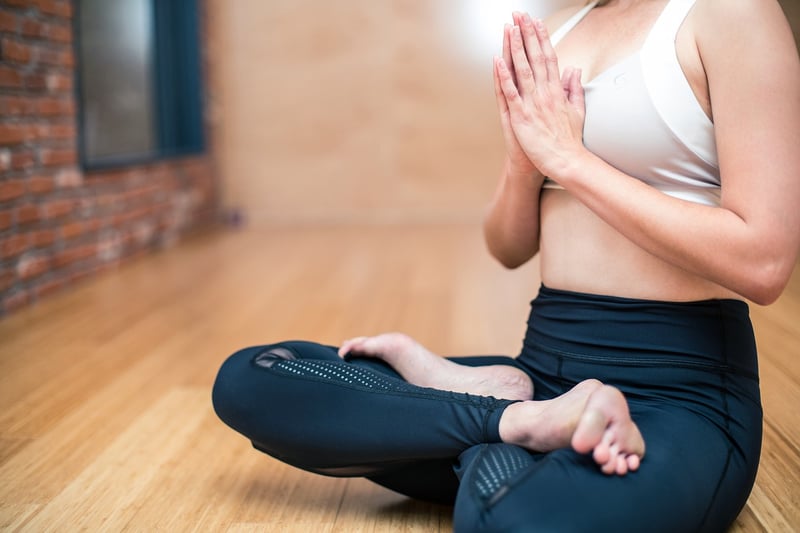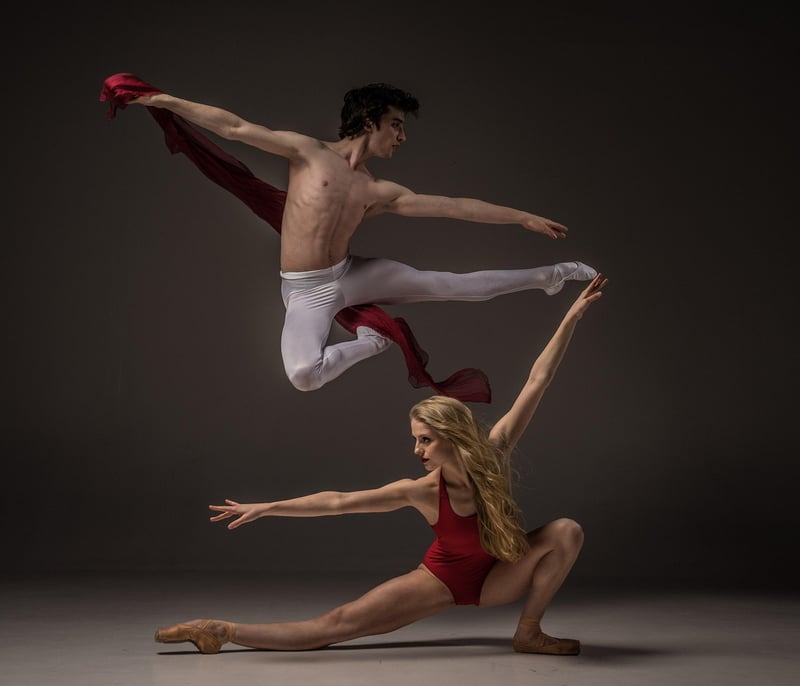Fluid Transitions
Seamless Movement Sequences and Fluid Transitions
Are you looking to enhance your movement practice with seamless transitions and mindful sequences? In this article, we will explore how to create fluid movement sequences that not only improve your physical abilities but also promote mental clarity and presence.
The Importance of Seamless Movement
Seamless movement is the art of transitioning smoothly from one posture to another, creating a continuous flow of motion. It not only looks graceful but also helps in preventing injuries by reducing jerky movements that can strain your muscles and joints.

Tips for Creating Seamless Movement Sequences:
- Focus on your breath: Sync your breath with your movements to create a harmonious flow.
- Practice regularly: Repetition is key to mastering seamless transitions.
- Listen to your body: Pay attention to how each movement feels and adjust as needed.
- Start slow: Begin with simple sequences and gradually increase the complexity as you improve.
The Art of Fluid Transitions
Fluid transitions involve moving from one pose to another with grace and ease, maintaining a sense of continuity throughout the sequence. This not only challenges your body but also cultivates a deep mind-body connection.

Tips for Achieving Fluid Transitions:
- Engage your core: A strong core helps in stabilizing your movements and achieving smoother transitions.
- Visualize the transition: Mentally rehearse the sequence before executing it physically.
- Stay present: Focus on the present moment to maintain awareness and control throughout the transitions.
- Practice mindfulness: Incorporate mindfulness techniques to enhance your overall movement practice.
By incorporating seamless movement sequences and fluid transitions into your practice, you can elevate your movement experience to a new level of fluidity and mindfulness. Remember, practice and patience are key to mastering these techniques, so enjoy the journey of exploration and self-discovery through movement.
Embrace the beauty of fluid transitions and seamless movement sequences in your practice today!
